That would be nearly double the 4.7 billion trips made during the Lunar New Year travel rush, or Spring Festival as China calls it, in 2023 when ultra-strict COVID-19 restrictions are lifted.
Millions of Chinese people will return to their hometowns to reunite with their families for the Lunar New Year, which falls on February 10 this year, in the world's largest annual migration.
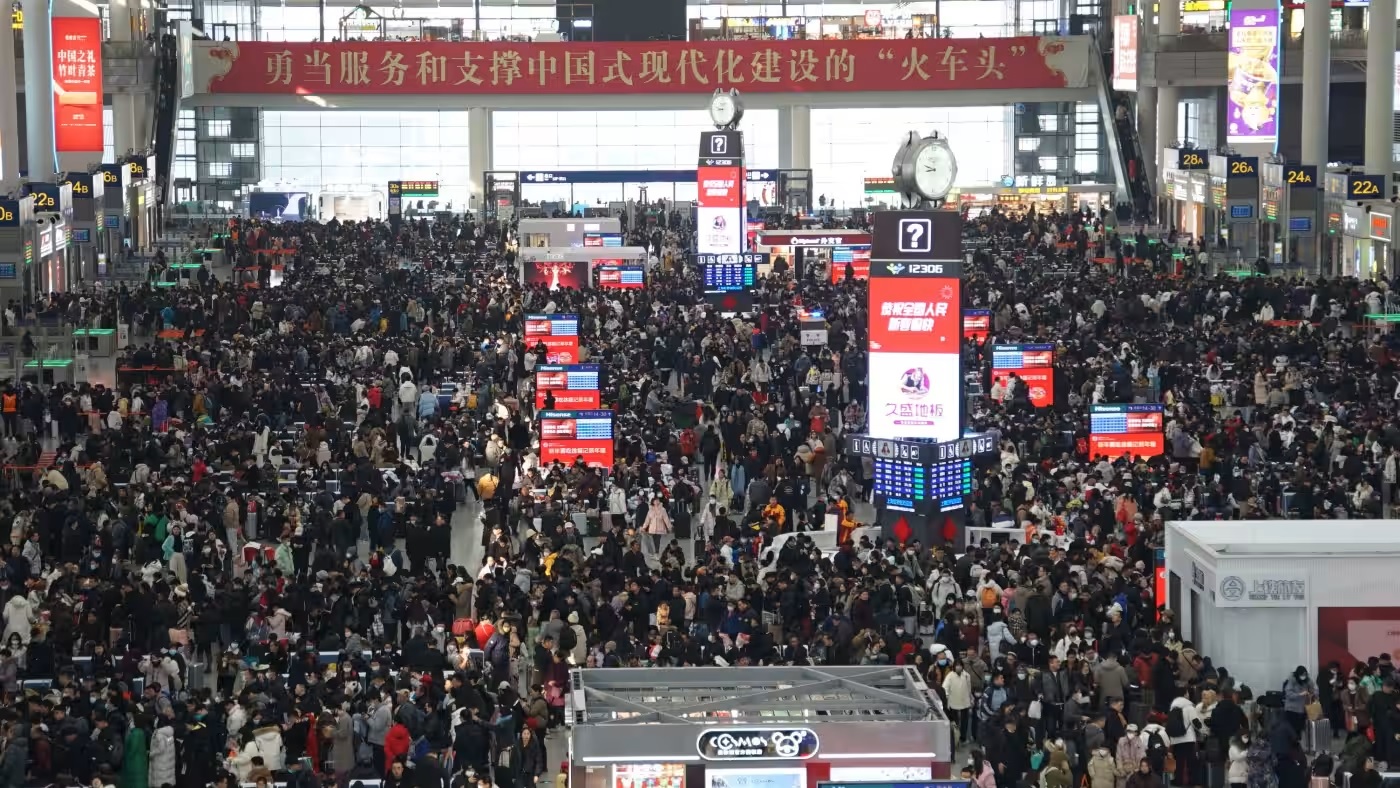
Hongqiao Railway Station in Shanghai on January 26 is packed with holiday travelers. Photo: Tomoko Wakasugi
About 80% of the 9 billion trips will be self-driving road trips, also a record, with the rest by rail, air and water, China's state broadcaster CCTV reported.
Nearly 11 million train trips, China's main mode of transportation, are expected to take place on Friday, with a total of 480 million trips made nationwide over the 40-day period, up 38% from 2023 and up 17% from 2019 before the pandemic.
Both rail and air travel surged on the first day of this year’s peak season, with passengers struggling to get tickets despite China having the world’s largest high-speed rail network.
Miranda Guo, a 25-year-old cartoonist for a Chinese tech company based in Hangzhou, was lucky enough to get a seat on the high-speed train to Jinan. “I think it’s hard to get tickets this year because most of my colleagues couldn’t get tickets. Many of them are still on the waiting list,” Guo said.
Air passenger trips are estimated to have reached 2 million on Friday, CCTV reported. During this year's peak travel season, the number of air trips is expected to rise to 80 million, up 9.8% from 2019, according to China's aviation authority.
Outbound tourism will also increase during the peak travel season. China's aviation authority has arranged more than 2,500 additional international flights to Asian destinations including Southeast Asia, Japan and South Korea.
Huy Hoang (according to CCTV, Reuters)
Source



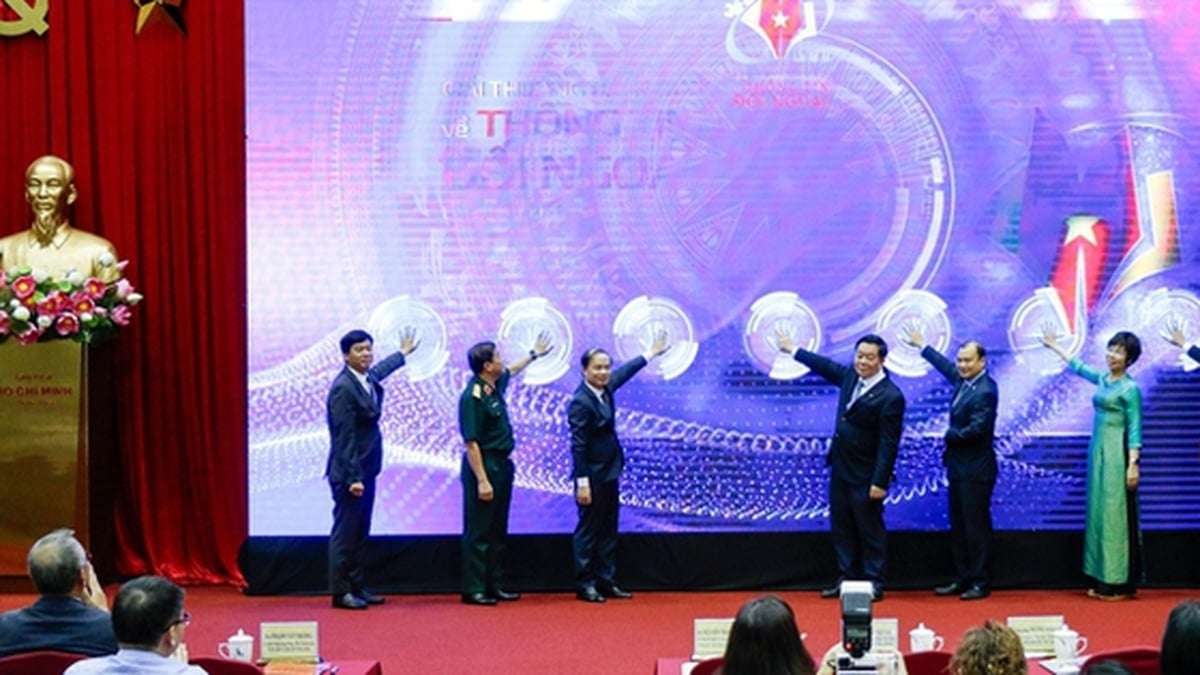

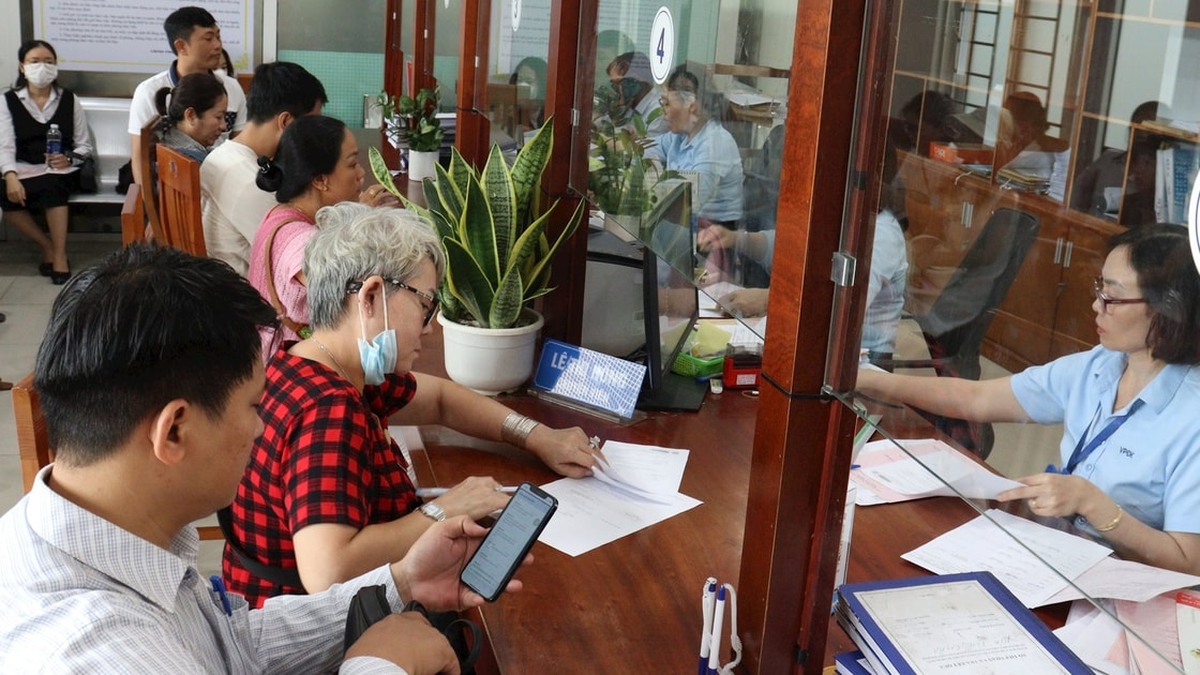



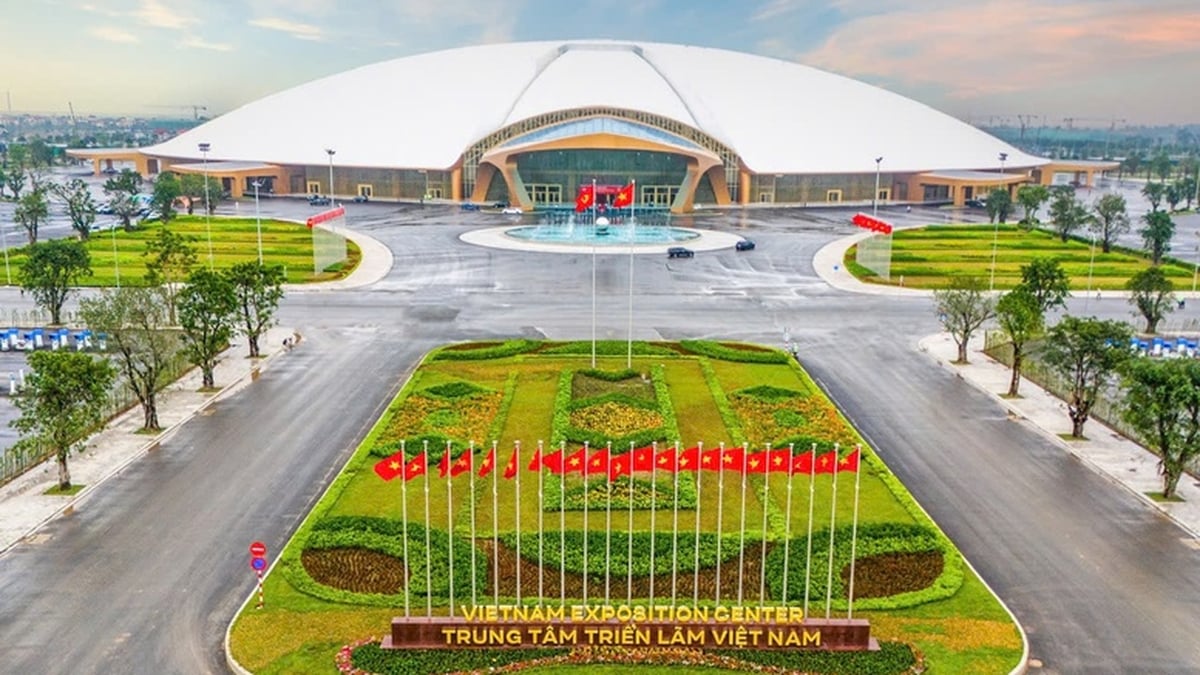












![[Photo] National Assembly Chairman attends the seminar "Building and operating an international financial center and recommendations for Vietnam"](https://vphoto.vietnam.vn/thumb/1200x675/vietnam/resource/IMAGE/2025/7/28/76393436936e457db31ec84433289f72)



















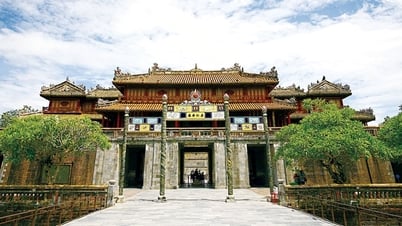



























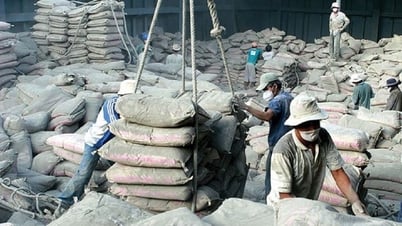



























Comment (0)